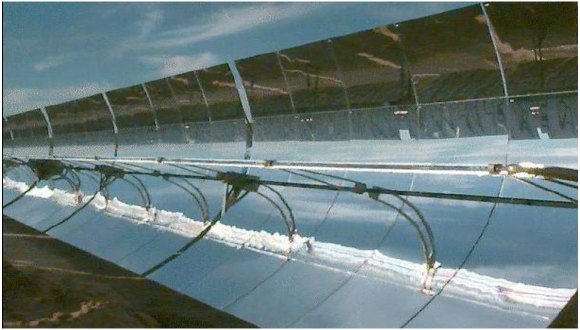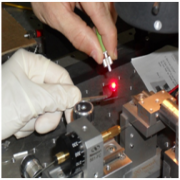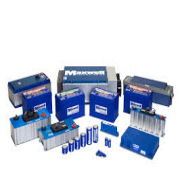Direct Steam Generation in Solar Power Plants
Studying the flow-patterns of steam-water mixtures in order to overcome problems of instability, will help to increase the efficiency of solar power plants.
Studying the flow-patterns of steam-water mixtures in order to overcome problems of instability, will help to increase the efficiency of solar power plants.
Up to now commercial power plants have been using oil as the primary heating fuel in absorption tubes, with steam being generated in secondary heat exchangers. This process is not efficient due to the need for additional heat exchangers, which result in additional heat loss during the process of heat transfer from oil to steam.
Direct Steam Generation (DSG) within the collectors themselves is a potentially more efficient and less costly process, achieved by eliminating oil as the indirect secondary heating medium and the elimination of heat exchanges and other equipment necessary for transferring heat from the oil to water/steam.
The reason Direct Steam Generation has not been used up to now is because of our incomplete understanding of two-phase flow behavior within the absorption pipes, and the fear of the possibility of circumferential temperature distribution, instability and uneven flow distribution.
Our research is aimed at studying the behavior of steam-water mixtures flowing in parallel pipes in order to find ways of overcoming the problems of instability and flow maldistribution in these complex systems. The knowledge thus obtained will allow for the development of solar power plants with higher efficiencies.

Figure 2: Solar power plant in Californea






